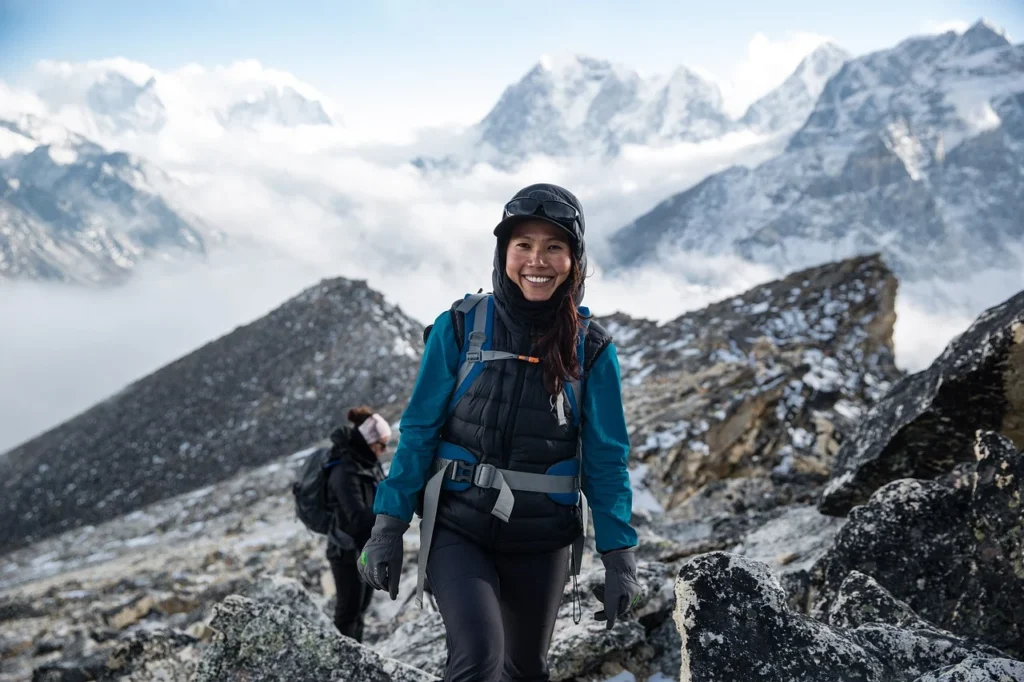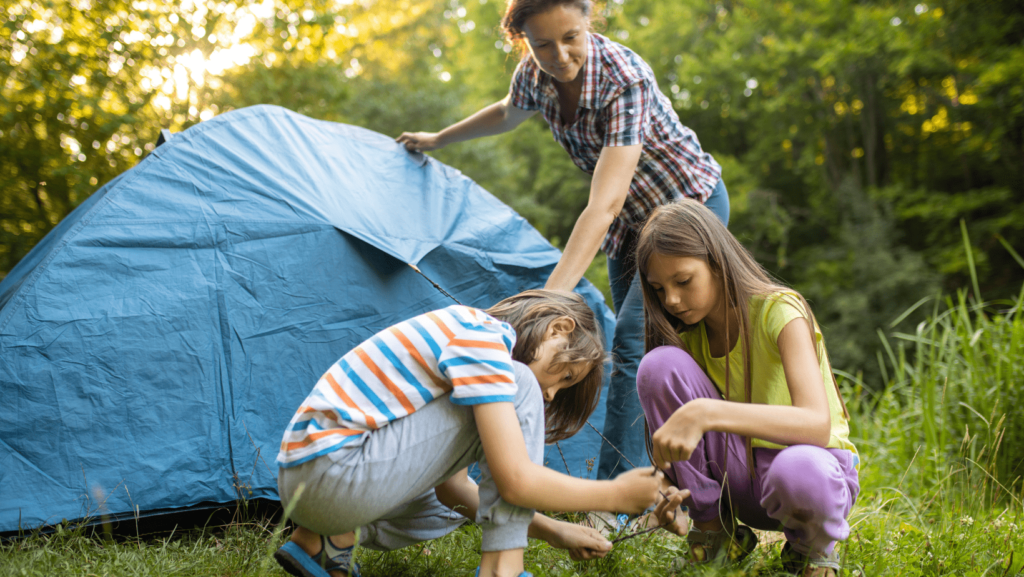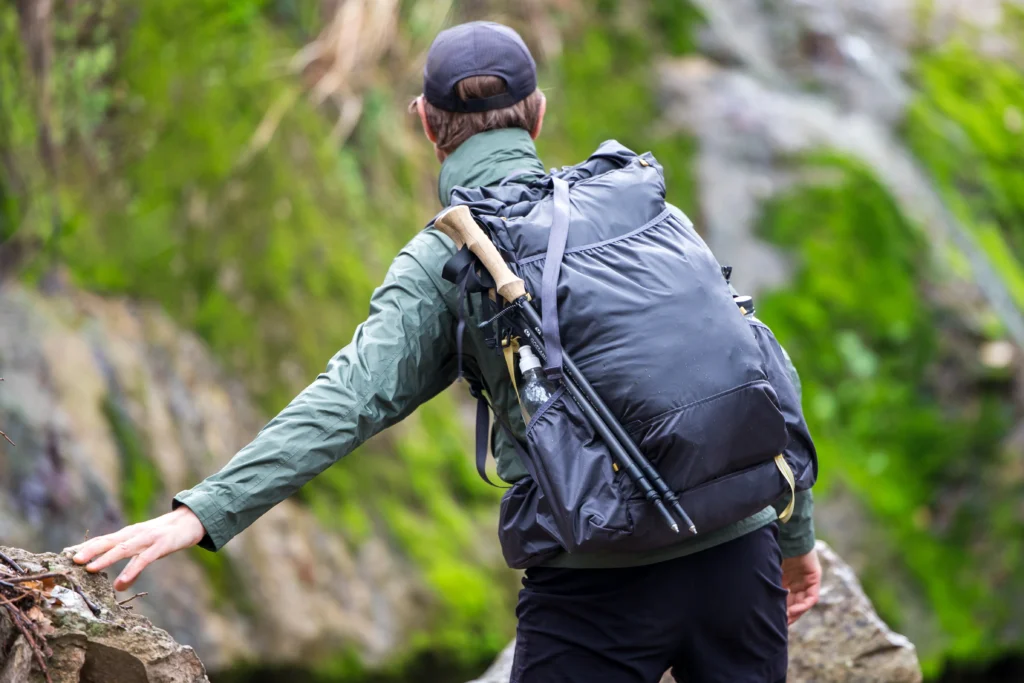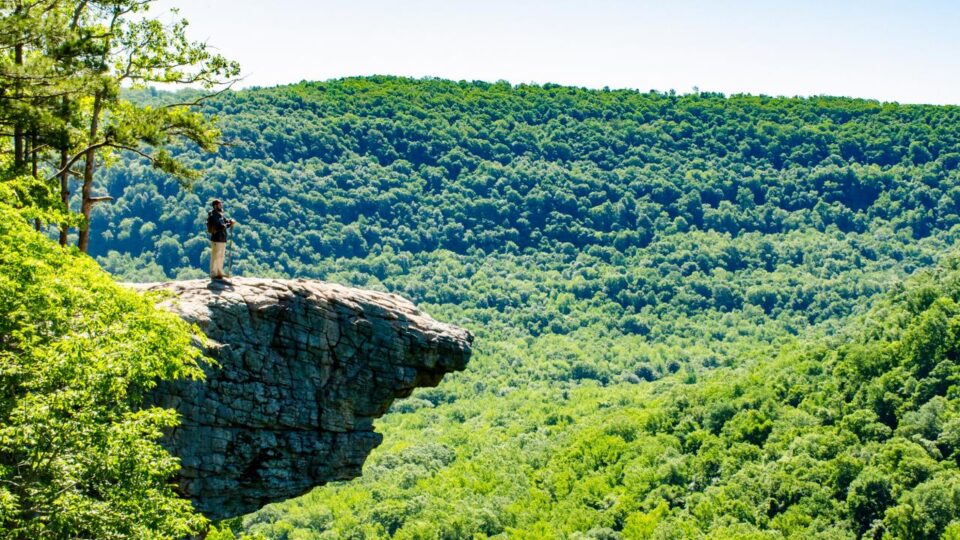Outdoor adventures provide a fantastic opportunity to disconnect from the daily grind and immerse yourself in nature. Whether you’re camping, hiking, or exploring new landscapes, the success of your experience heavily depends on effective planning and preparation. In this guide, we’ll share essential travel setup tips that will help you organize your outdoor journey, ensuring a memorable experience.
Planning Your Adventure

Define Your Adventure Goals
Before you set off, it’s important to establish what you hope to achieve on your trip. Are you seeking a peaceful retreat, an action-packed hiking experience, or perhaps a family camping getaway? Clearly defining your objectives will guide your planning and enhance your enjoyment.
Research Your Destination and Routes
Thorough research is essential for a successful outdoor adventure. Look for destinations that align with your goals, considering aspects such as accessibility, terrain, and amenities. Utilize online resources, maps, and trail reviews to familiarize yourself with your chosen location, and plan your route carefully to avoid any potential detours or difficulties.
Create a Comprehensive Checklist
A well-thought-out checklist can streamline your preparation. Include items such as:
- Shelter (tent or hammock)
- Sleeping equipment (sleeping bags and pads)
- Cooking gear (stove, utensils, and fuel)
- Appropriate clothing for the weather
- First-aid supplies and safety gear
Having a checklist will help ensure you pack everything you need for a hassle-free experience.
Packing Essentials
Clothing for Varied Weather Conditions
When preparing for your outdoor adventure, it’s crucial to pack clothing that suits the expected climate. Layering is an effective strategy, allowing you to adapt to changing temperatures. Aim for moisture-wicking base layers, insulating mid-layers, and a waterproof outer layer. Don’t forget sturdy footwear and accessories like hats and gloves, tailored to the conditions.
Choosing the Right Camping Gear
Select camping equipment that suits your adventure style. For backpacking trips, lightweight and compact gear is ideal, while car camping allows for more substantial equipment. Ensure your tent is suitable for the season and that your sleeping bags are rated for the temperatures you’ll encounter. Also, consider packing a portable cooking system and necessary utensils for meal prep.
Meal and Hydration Planning
Plan your meals and snacks in advance to make your trip smoother. Opt for simple, easy-to-cook recipes that require minimal equipment. Include high-energy snacks like trail mix, granola bars, and jerky. Staying hydrated is vital; pack enough water or a reliable filtration system to source water from natural streams or lakes.
Setting Up Camp

Selecting the Perfect Campsite
Choosing the right campsite is crucial for a pleasant outdoor experience. Look for level ground with good drainage and avoid areas prone to flooding or falling debris. Ensure the site follows local camping regulations regarding fires and campsite selection.
Efficient Tent Setup and Organization
When it’s time to set up camp, pick a location that offers shelter from wind and rain. Follow the setup instructions specific to your tent model and secure it properly. Inside, maintain organization with gear bins or hanging organizers to keep your space tidy and functional.
Prioritizing Safety: Fire and Wildlife Precautions
Safety should always be your top priority while camping. When using a campfire, adhere to local regulations and only build fires in designated areas. Secure food and trash to deter wildlife, and familiarize yourself with the animals native to the area. It’s also wise to have basic first-aid supplies on hand for emergencies.
Exploring the Outdoors
Maximize Your Activities
With your camp established, take the opportunity to explore your surroundings. Engage in activities like hiking, fishing, or simply soaking in the scenery. Allow yourself to unwind and truly connect with nature during your adventure.
Preparation for Outdoor Activities
Before setting out on any excursions, ensure you’re well-equipped. Check trail maps, gather necessary gear, and assess your skill level for activities you plan to undertake. If fishing, make sure to comply with local regulations and acquire any required permits. Always respect nature by adhering to established guidelines and practicing responsible outdoor ethics.
Emphasizing Leave No Trace Principles

Protecting the environment is essential for the sustainability of outdoor spaces. Familiarize yourself with Leave No Trace principles, which advocate for responsible outdoor practices such as minimizing campfire impact, respecting wildlife, and proper waste disposal. By following these guidelines, you can help preserve the beauty of nature for future adventurers.
Conclusion
Embarking on an outdoor adventure is an exciting way to experience the great outdoors and connect with nature. By taking the time to plan your journey, pack essential gear, and set up your campsite thoughtfully, you’ll be well-prepared to enjoy everything that awaits you. So gather your gear, explore new horizons, and embrace the thrill of your next outdoor adventure!
For more tips and resources to enhance your outdoor experiences, visit CampingMinds.

